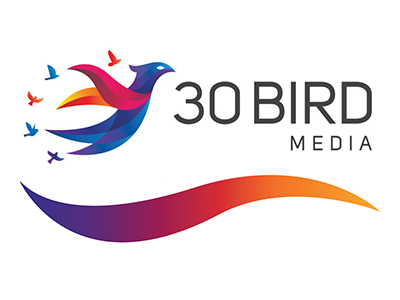 |
CompTIA IT Fundamentals - Exam FC0-U61 |
24.00 |
CompTIA IT Fundamentals - Exam FC0-U61 provides the basic knowledge needed for digital literacy: this includes the fundamental principles of hardware, software, and networks as well as best practices for using all three. This course maps to the CompTIA IT Fundamentals FC0-U61 Exam. Objective coverage is marked throughout the course. You can download an objective map for the series from the 30 Bird website.
Students will benefit most from this course if they intend to take a CompTIA IT Fundamentals FC0-U61, or if they wish to attain an introduction to the core principals and skills of information technology.
This course assumes students have basic knowledge of using a keyboard and a mouse. It does not assume that you have any formal familiarity with computers or the internet. |
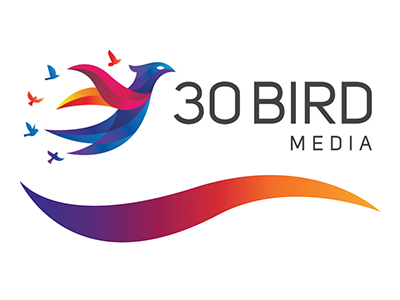 |
CompTIA Linux+ Certification - Exam XK0-005 |
24.00 |
Welcome to CompTIA Linux+ XK0-005. This course provides the basic knowledge needed to install and manage modern Linux systems in a vendor-neutral format. It includes usage of fundamental operating system tools, networking and storage, applications and services, account management, access controls, scripting, automation tools, and troubleshooting. This course maps to the CompTIA Linux+ certification exam.
You will benefit most from this course if you intend to take a CompTIA Linux+ XK0-005 exam.
This course assumes that you have basic knowledge of using and maintaining individual workstations. Knowledge equivalent to the CompTIA A+ certification is helpful but not necessary. |
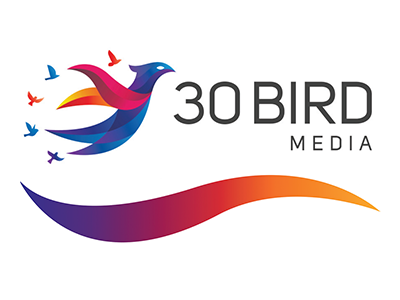 |
CompTIA Linux+ XK0-005 Exam Prep |
1.00 |
Exam Prep to accompany 30 Bird's CompTIA Linux+ Certification - Exam XK0-005 course. |
 |
CompTIA Network+ Certification - Exam N10-008 |
40.00 |
30 Bird Media's CompTIA Network+ N10-008 courseware covers the concepts and skills needed to plan, install, maintain, and troubleshoot modern networks in a vendor-neutral format. This includes physical network components and technologies, logical structures, common protocols, and network security. This course maps to the CompTIA Network+ N10-008 certification exam. Exam objective coverage is marked throughout the course, and there is an extensive glossary appendix.
This course assumes that you have basic knowledge at using and maintaining individual workstations. The knowledge required to obtain the CompTIA A+ certification is helpful but not necessary. |
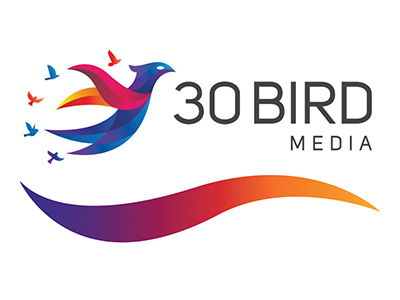 |
CompTIA Network+ Certification - Exam N10-009 |
40.00 |
30 Bird Media's CompTIA Network+ N10-009 course provides the basic knowledge needed to plan, install, maintain, and troubleshoot modern networks in a vendor-neutral format; this includes physical network components and technologies, logical structures, common protocols, and network security. This course maps to the CompTIA Network+ N10-009 certification exam.
You will benefit most from this course if you intend to take a CompTIA Network+ N10-009 exam. This course assumes that you have basic knowledge of using and maintaining individual workstations. Knowledge equivalent to the CompTIA A+ certification is helpful but not necessary. |
 |
CompTIA Network+ Certification - Exam N10-009 - Student Edition |
40.00 |
30 Bird Media's CompTIA Network+ N10-009 course provides the basic knowledge needed to plan, install, maintain, and troubleshoot modern networks in a vendor-neutral format; this includes physical network components and technologies, logical structures, common protocols, and network security. This course maps to the CompTIA Network+ N10-009 certification exam.
You will benefit most from this course if you intend to take a CompTIA Network+ N10-009 exam. This course assumes that you have basic knowledge of using and maintaining individual workstations. Knowledge equivalent to the CompTIA A+ certification is helpful but not necessary.
|
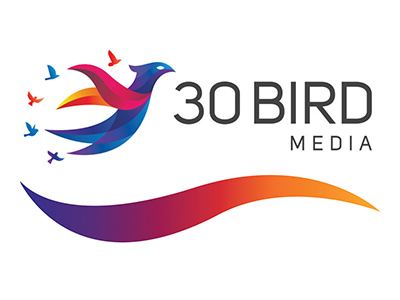 |
CompTIA Network+ N10-008 Exam Prep |
1.00 |
Exam Prep to accompany 30 Bird's CompTIA Network+ N10-008 course. |
 |
CompTIA PenTest+ Certification - Exam PT0-002 |
40.00 |
CompTIA PentTest+ Certification - Exam PT0-002 provides the knowledge needed to plan and perform penetration tests and other security engagements, using a vendor-neutral format. This includes planning engagements, performing reconnaissance to find vulnerabilities in a target organization, exploiting vulnerable targets, and creating followup reports. This course maps to the CompTIA PenTest+ PT0-002 certification exam. You can download an objective map for the course from www.30bird.com.
You will benefit most from this course if you intend to become a certified penetration tester, or if you are a security professional who wishes to understand cybersecurity from an offensive perspective. This course assumes that you have some applied knowledge of computers, networks, and cybersecurity principles. Knowledge equivalent to the CompTIA Security+ certification is helpful but not necessary.
|
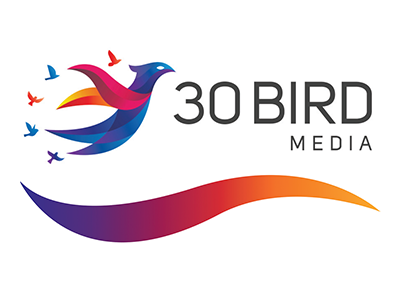 |
CompTIA PenTest+ PT0-002 Exam Prep |
1.00 |
Exam Prep to accompany 30 Bird's CompTIA PenTest+ Certification - Exam PT0-002 course. |
 |
CompTIA Security+ Certification - Exam SY0-601 |
40.00 |
30 Bird Media's CompTIA Security+ Certification SY0-601 course provides the basic knowledge needed to plan, implement, and maintain information security in a vendor-neutral format. This includes risk management, host and network security, authentication and access control systems, cryptography, and organizational security. This course maps to the CompTIA Security+ certification exam. Objective coverage is marked throughout the course.
Students will benefit most from this course if they intend to take a CompTIA Security+ SY0-601 exam.
This course assumes basic knowledge of using and maintaining individual workstations. Knowledge equivalent to the CompTIA A+ certification is helpful but not necessary. |
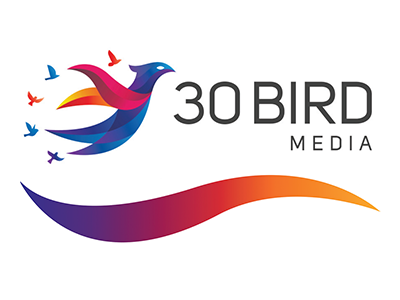 |
CompTIA Security+ Certification - Exam SY0-701 |
40.00 |
CompTIA Security+ Certification SY0-701 provides the basic knowledge needed to plan, implement, and maintain information security in a vendor-neutral format; this includes risk management, host and network security, authentication and access control systems, cryptography, and organizational security. This course maps to the CompTIA Security+ certification exam. Objective coverage is marked throughout the course.
You will benefit most from this course if you intend to take a CompTIA Security+ SY0-701 exam.
This course assumes that you have basic knowledge of using and configuring individual workstations and simple networks. Knowledge equivalent to the CompTIA A+ and Network+ certifications is helpful but not necessary. |
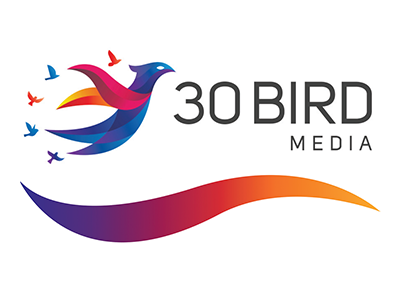 |
CompTIA Security+ SY0-601 Exam Prep |
1.00 |
Exam Prep to accompany 30 Bird's CompTIA Security+ Certification - Exam SY0-601 course. |
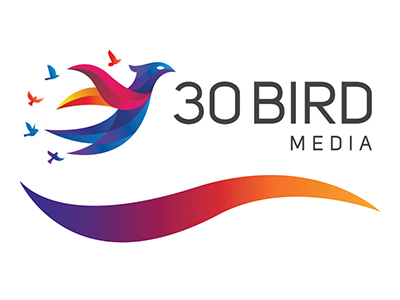 |
CompTIA Security+ SY0-701 Exam Prep |
1.00 |
Exam Prep to accompany 30 Bird's CompTIA Security+ Certification - Exam SY0-701 course. |
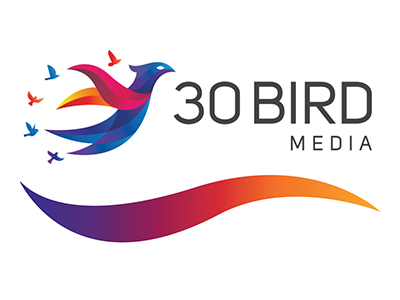 |
CompTIA Server+ Certification - Exam SK0-005 |
40.00 |
Welcome to CompTIA Server+ SK0-005. This course provides the basic knowledge needed to assemble, install, maintain, and troubleshoot modern servers in a vendor-neutral format; this includes physical components and technologies, operating systems and networking, security controls, and troubleshooting. This course maps to the CompTIA Server+ certification exam SK0-005.
This course assumes that you have basic knowledge of using and maintaining individual workstations. Knowledge equivalent to the CompTIA A+ certification is helpful but not necessary. |
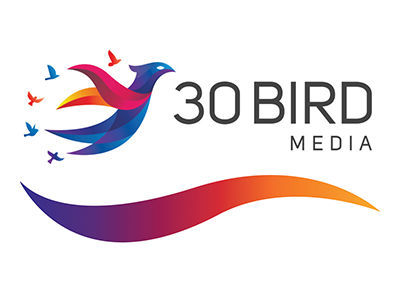 |
CompTIA Server+ Certification Exam SK0-005 Student Manual |
23.00 |
Welcome to CompTIA Server+ SK0-005. This course provides the basic knowledge needed to assemble, install, maintain, and troubleshoot modern servers in a vendor-neutral format; this includes physical components and technologies, operating systems and networking, security controls, and troubleshooting. This course maps to the CompTIA Server+ certification exam SK0-005.
This course assumes that you have basic knowledge of using and maintaining individual workstations. Knowledge equivalent to the CompTIA A+ certification is helpful but not necessary. |
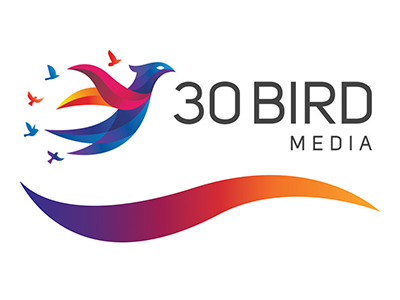 |
CompTIA Server+ SK0-005 Exam Prep |
1.00 |
Exam Prep to accompany 30 Bird's CompTIA Server+ Certification - Exam SK0-005 course. |
 |
Computer Basics |
2.00 |
This course will help you understand and use modern computers. It covers topics from hardware and software to different types of computers, operating systems, applications, and “the cloud.” |
 |
Computer Hardware Technician - Exam 220-1001 |
24.00 |
30 Bird's Computer Hardware Technician course provides the basic knowledge needed to install, configure, and support computer hardware and networking equipment. This includes:
- Assembling components based on customer requirements
- Installing, configuring and maintaining PCs and devices for end users
- Understanding the basics of network protocols and infrastructure
- Properly and safely diagnosing, resolving, and documenting common hardware and network issues
- Applying troubleshooting skills
- Understanding the basics of virtualization, desktop imaging, and deployment.
This course maps to the CompTIA A+ 220-1001 certification exam. Objective coverage is marked throughout the course.
This course assumes that you have basic computer knowledge. |
 |
Computer Science |
0.50 |
This course covers the fundamental components of computer programming. It is just one of many courses we offer. This course will help you learn about the connection between the inner workings of the technology we use on a daily basis and how to participate in its creation. |
 |
Computer Software Technician - Exam 220-1002 |
24.00 |
30 Bird Media’s instructor-led course, Computer Software Technician, provides the basic knowledge needed to install, configure, and support computer operating systems and software. This includes:
- Installing, configuring and maintaining operating systems and software for end users
- Understanding the basics of Windows network connections and resource sharing
- Properly and safely diagnosing, resolving, and documenting common software issues
- Understanding and applying basic cybersecurity principles
- Performing IT operations and incident response procedures
- Providing appropriate customer support
This course maps to the CompTIA A+ 220-1002 certification exam. Objective coverage is marked throughout the course.
This course assumes that you have basic computer knowledge. |
 |
Comunicación Empresarial (Spanish) Business Communication |
1.00 |
En este curso, aprenderá sobre la influencia del lenguaje corporal, los conceptos básicos de la redacción comercial y más, en relación con la comunicación en el mundo empresarial.
In this course, you'll learn about the influence of body language, the essentials of business writing, and more, as they relate to communicating in the business world. |
 |
Conceptos básicos de informática (Spanish) Computer Basics |
3.00 |
Este curso le ayudará a comprender y utilizar las computadoras modernas. Cubre temas desde hardware y software hasta diferentes tipos de computadoras, sistemas operativos, aplicaciones y “la nube.”
This course will help you understand and use modern computers. It covers topics from hardware and software to different types of computers, operating systems, applications, and “the cloud.” |
 |
Conceptos básicos sobre las alergias alimentarias en la primera infancia (CDA 1 & 5) (Spanish) Food Allergy Basics in Early Childhood (CDA 1 & 5) |
2.00 |
Bienvenido a Conceptos básicos sobre las alergias alimentarias en la primera infancia. Este curso se centra en formas de prevenir la exposición accidental a alimentos que pueden provocar una reacción alérgica. Podrá describir formas de prevenir la exposición accidental a alimentos que causan una reacción alérgica. También podrá demostrar cómo leer la etiqueta de un alimento para reducir el riesgo de exposición accidental a alimentos que pueden causar una reacción alérgica. Además, aprenderá cómo utilizar un Plan de atención de emergencia para alergias alimentarias y anafilaxia para cuidar a un niño con alergia alimentaria e identificar los síntomas y desencadenantes de las alergias alimentarias.
Welcome to Food Allergy Basics in Early Childhood. This course is focused on ways to prevent accidental exposure to foods that can cause an allergic reaction. You will be able to describe ways to prevent accidental exposure to foods that cause an allergic reaction. You will also be able to demonstrate how to read a food label to reduce the risk of accidental exposure to foods that can cause an allergic reaction. In addition, you will learn how to use a Food Allergy and Anaphylaxis Emergency Care Plan to care for a child with a food allergy and identify the symptoms and triggers of food allergies. |
 |
Conciencia Cognitiva (Spanish) Cognitive Awareness |
1.25 |
Todas las personas han tenido experiencias específicas durante su vida que han moldeado su forma de pensar. Este curso está dirigido a personas que enfrentan pensamientos erróneos y comportamientos autodestructivos debido a experiencias pasadas. Está diseñado para ayudar a las personas a aprender cómo y por qué piensan como lo hacen. También es para enseñar habilidades cognitivas que ayuden con el autodesarrollo. Al final de este curso, esperamos que se convierta en una persona más saludable, feliz y productiva que pueda disolver los obstáculos y limitaciones que a menudo nos imponemos a nosotros mismos.
All people have had specific experiences during their life that have shaped the way they think. This course is geared toward people dealing with faulty thinking and self-destructive behaviors due to past experiences. It is designed to help people learn how and why they think the way they do. It is also to teach cognitive skills to help with self-development. By the end of this course, we hope you become a healthier, happier, more productive person who can dissolve obstacles and limitations that we often place on ourselves. |
 |
Concreting: Assessing the Elderly—Respiratory |
1.00 |
One of the most common responses for EMS providers is the chief complaint of shortness of breath (SOB). In this session, we discuss the challenges of obtaining a history of present illness (HPI) in a patient that potentially has one of three significant differentials: COPD, pulmonary embolism, or pneumonia. We will also briefly discuss what a BLS provider should do when preparing these patients for ALS level care. Final Exam: This multiple choice exam is designed to test your knowledge of the material you just reviewed. You have two attempts to gain an 80% or higher on this exam. Please take your time and answer each question carefully. |


























